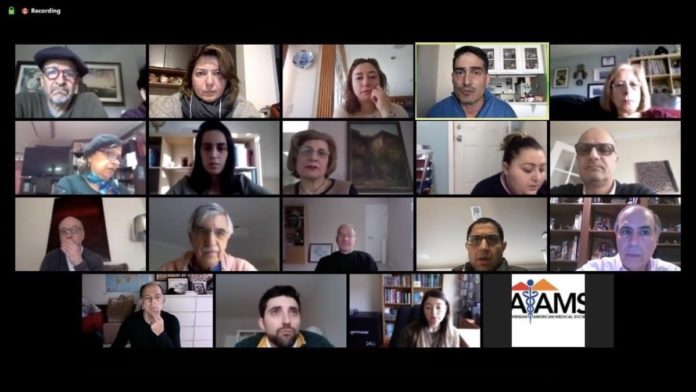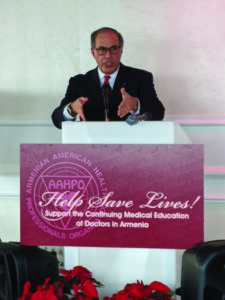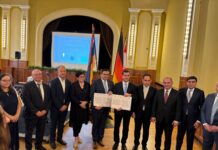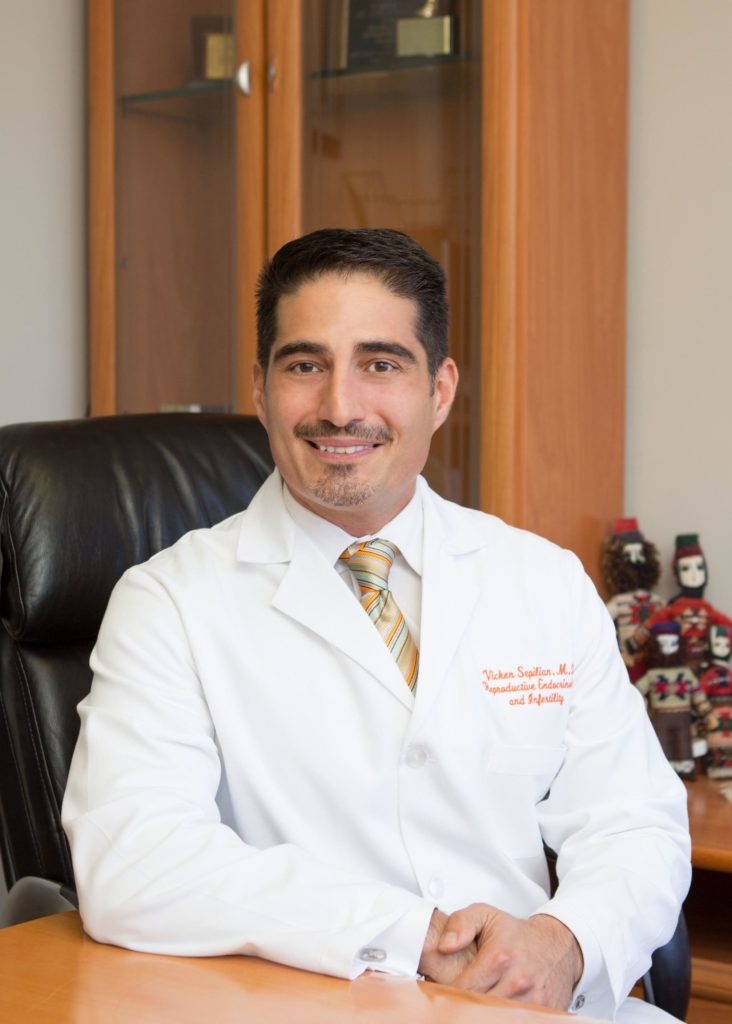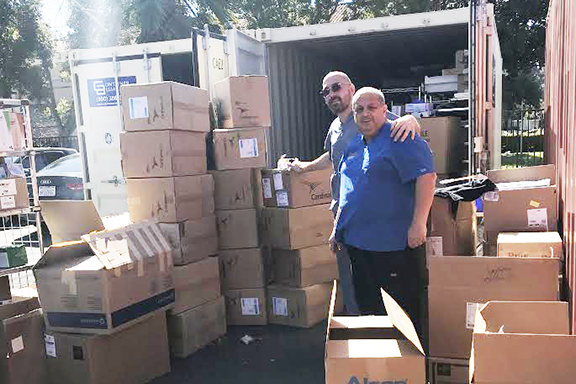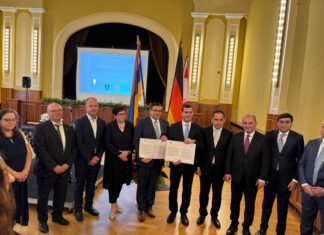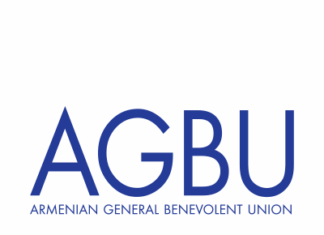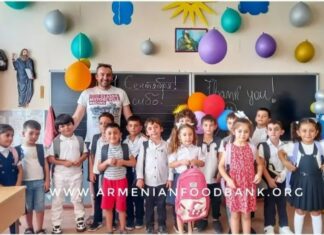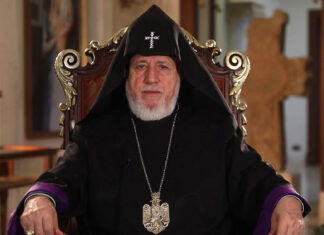NEW YORK/LOS ANGELES – Armenian medical associations in the United States and abroad have sprung into action in order to deal with the coronavirus disease 2019 (COVID-19) pandemic. Two of the most active in the United States have been the Armenian American Medical Society (AAMS) based in Los Angeles and the Armenian American Health Professionals Organization (AAHPO) in New York and New Jersey and parts of Connecticut. Both organizations began to work to help Armenians in their local communities and in Armenia fairly early during the process of spread of the virus. The Armenian Medical International Committee (AMIC), a coordinating body of Armenian medical associations worldwide, to which both these American-Armenian groups belong, has been active in the same period internationally.
Armenian American Health Professionals Organization
Ophthalmologist Dr. Lawrence V. Najarian is president of AAHPO as well as a member of AMIC’s executive committee. AAHPO represents around 500 health care providers, including physicians, pharmacists, dentists, social workers and others.
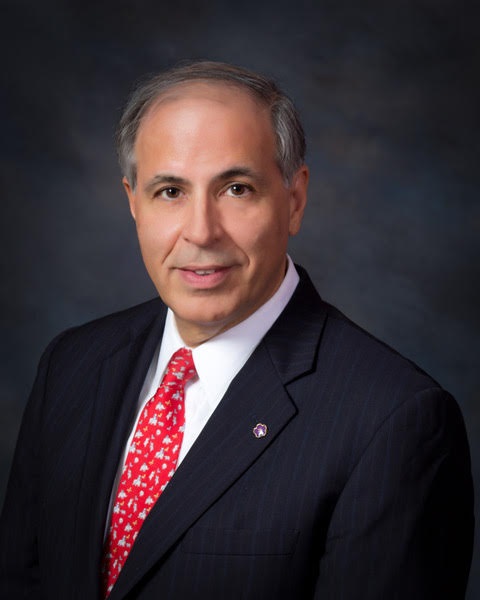
Najarian said, “This is an unprecedented crisis. It is a crisis we have to deal with on a governmental level but what we each do as individuals is so critical.” Consequently, he said that one of the most important steps that AAHPO has been taking is educational. It has been attempting to distill all the information available in a way that the average person on the street, not a physician, can understand. It is reaching out to both individuals and other Armenian nonprofit organizations with email content that it is freely distributing. Now other organizations, including the churches, are distributing this information too.
AAHPO sends out biweekly emails to its own list. It also has developed YouTube content and has given interviews with the Voice of Armenians television program, available also online and the Armenian Radio Hour of New Jersey, which also has a video or television component.



